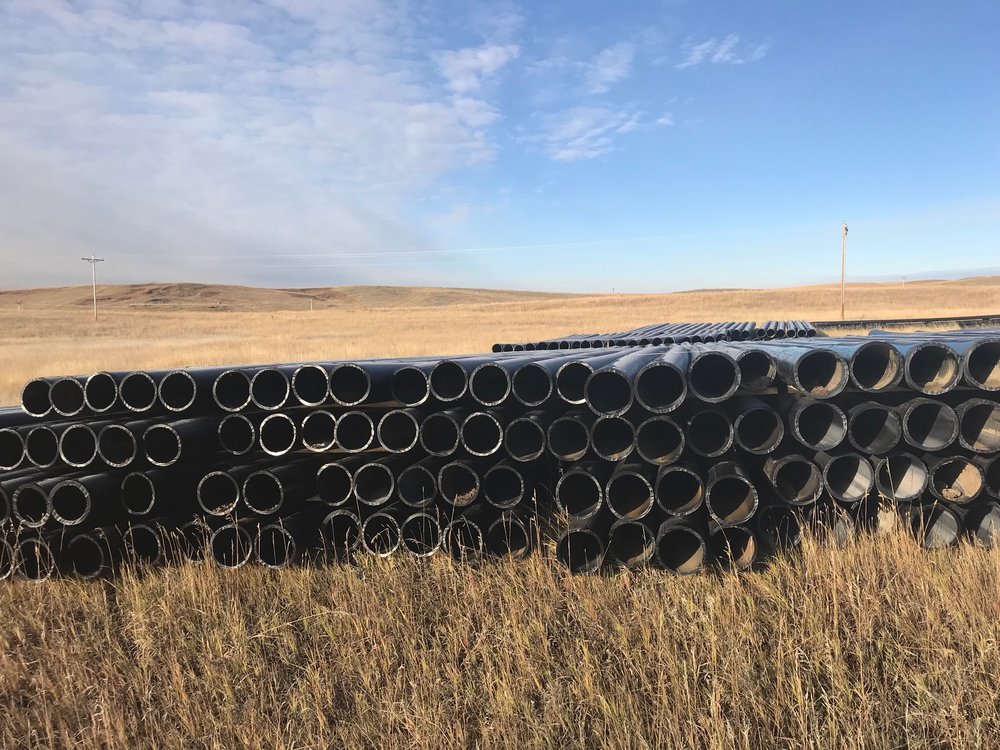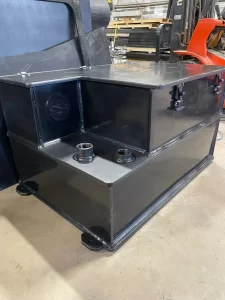How HDPE Is Recycled
Turning HDPE waste into usable material involves a few important steps:
-
Collection – Discarded HDPE items are collected from homes, commercial settings, and industrial facilities.
-
Sorting – These materials are then separated by color and type, ensuring consistency in the recycled output.
-
Purification – Any impurities or contaminants are carefully removed so the plastic can be reused safely and effectively.
-
Grinding & Melting – The cleaned HDPE is shredded into flakes and melted down, eventually forming standardized granules.
Once processed, these granules serve as the foundation for countless new products, from everyday items like milk jugs and cleaning bottles to heavy-duty applications such as piping, boats, and other high-strength equipment.
A Material on the Rise
Because it’s both cost-effective and highly reliable, HDPE is gaining traction across a broad range of industries. Its ability to perform well under both structural stress and chemical exposure makes it ideal for cutting-edge and tough-use designs.
Meanwhile, demand for recycled HDPE is climbing fast. As more companies and consumers lean toward greener choices, HDPE continues to play a vital role in advancing sustainable materials and circular production models.
Get in Touch With Legacy HDPE
Looking for durable, eco-friendly HDPE boat solutions? Good news – is HDPE recyclable? Yes! At Legacy HDPE, we craft high-quality, sustainable products with your needs in mind. Give us a call today at 307-391-0731 and let’s create something great together!







